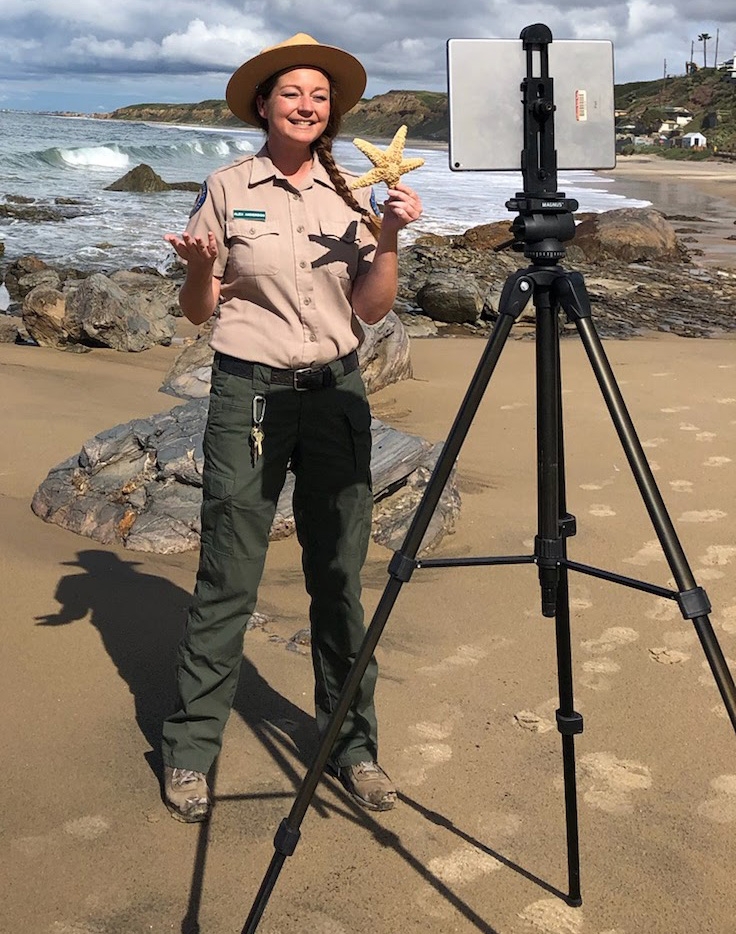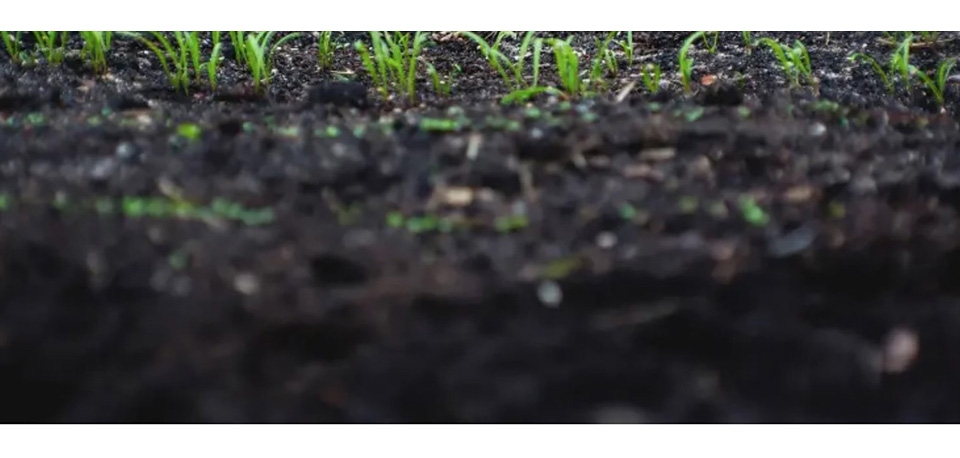Principles in Action: Evidence-based Practices for Online Environmental Education
A ranger at Crystal Cove State Park leads a virtual field trip.

The teaching practices and principles below were linked to EE outcomes in recent research. Click on each practice for examples from recent programs led by educators in our Evidence-based learning network. Use these examples to inspire your own program designs.
Foster Connections
Support Learner Agency
Complete the Experiential Learning Cycle
EE Programs in Action
Build connections between people and the ecological systems that surround them. To see examples, click here.
Focus on topics or issues that: make personal connections with participants, matter to local communities and cultural groups, and/or focus on issues or policies that are the subject of current discourse (locally, nationally or internationally). To see examples, click here.
Create opportunities for reciprocal (two-way) interactions with peers and/or educators.
Authentic characters (educators, scientists, conservation specialists, etc.) teach about a topic, place or career through stories that make personal connections and with tangible examples and evidence. To see examples, click here.
Utilize and emphasize the unique attributes of a place; help students develop attachment and new understandings about the place. To see examples, click here.
Provide choices within the context of the program that allow students to direct their own learning experience.
Provide opportunities for students to engage with (or actively manipulate) materials or ideas. To see examples click here.
Provide content that builds on and extends learning beyond factual recall and requires higher cognitive processes. To see examples click here.
Make content accessible and optimize learning by using different modalities (audio, visual and/or kinesthetic). To see examples, click here.
Emphasize the potential for positive solutions or outcomes. Draw attention to what can/has/might be accomplished through individual or collective efforts. To see examples, click here.
Individual or collective actions intended to conserve or restore natural environments and/or contribute towards solving or preventing environmental problems. To see examples, click here.
Provide opportunities for students to learn skills or background knowledge that will enable success when participating in the program. To see examples, click here.
Participants receive feedback (from peers, educators or technological tools) on technical skills, understanding of concepts or performance in the midst of learning.
Provide explicit opportunities for students to reflect upon the experience and integrate concepts.
The exemplars on this website were selected and summarized by Malia Pownall, Emily Thorpe and Eileen Merritt, with input from Troy Frensley, Bob Powell, Marc Stern, and Kelley Anderson. The Pisces Foundation and National Science Foundation provided funding to support our evidence-based learning network. We extend gratitude to our network members for giving permission to share these examples with others.





